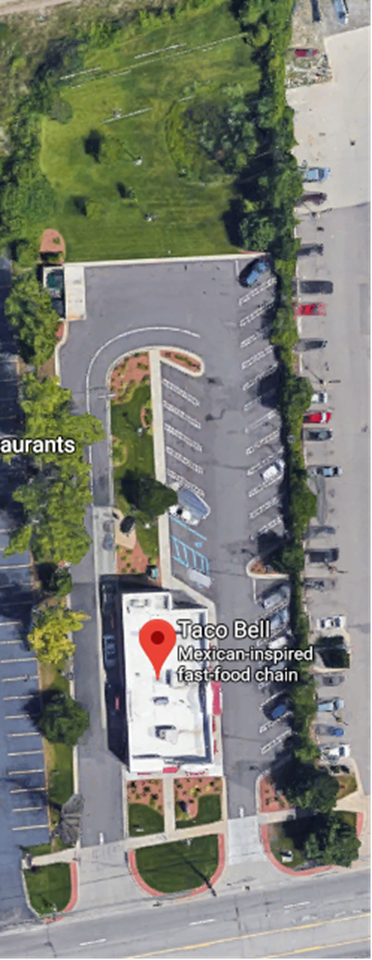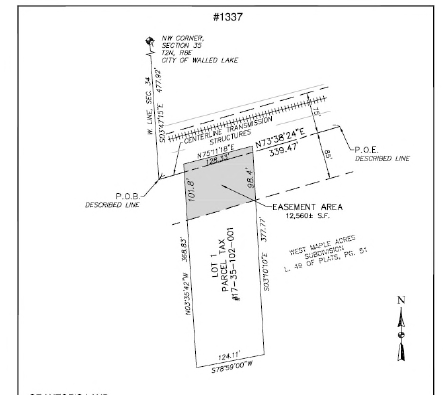“Supervariances” Can Mitigate Just Compensation Claims
The UCPA allows agencies to obtain “supervariances” that run with the land to mitigate the impacts of eminent domain takings.
Takings can often create impacts on the zoning compliance of improved properties or limit the ability to develop vacant land. “If the acquisition of a portion of a parcel of property actually needed by an agency would leave the remainder of the parcel in nonconformity with a zoning ordinance, the agency, before or after the acquisition, may apply for a zoning variance for the remainder of the parcel.” MCL 213.54(2). Unlike other variances, the property shall be considered by the governmental entity to be in conformity with the zoning ordinance for all future uses with respect to the nonconformity for which that variance was granted.
There are several key aspects to MCL 213.54(2).
First, only the agency can obtain the variance. The property owner is not allowed by the statute to apply for it.
Second, while “supervariance” is not formal legal terminology because the variance is considered to create conformity with all existing and future uses with respect to the nonconformity created by the taking, it truly is superior to other variances. A normal variance is limited to the particular use and site plan for which it was granted. A variance granted under MCL 213.54(2) is effective forever.
This statute recently came into play in a case filed by ITC in Walled Lake. ITC imposed an easement allowing all vegetation in the rear of a Taco Bell to cleared. The City of Walled Lake required trees to be planted in the rear both to comply with a development agreement and its generally applicable ordinances. Screening trees cannot be planted in an easement that allows ITC to clearcut them. The easement extended into the parking lot, meaning that it was impossible to plant the required screening trees without removing part of the parking lot. This made the existing building legally non-conforming and reduced the future buildable footprint, resulting in very significant just compensation claims. ITC’s appraiser opined that the appropriate just compensation was $50,404, without taking the nonconformity issue into account. The appraiser retained by the property owner opined that just compensation was $232,8020.
The impact of the taking is reflected in this schematic that identifies the overlap of the encumbered area on the site improvements.
Here is an aerial of the property.


The case was able to be resolved because I was able to negotiate a consent judgment that included a variance pursuant to MCL 213.54 with ITC and Walled Lake. That consent judgment cured the non-conformity created by the inability to plant the vegetation screening within the setback.
The property owner very pleased by obtaining a supervariance, which eliminated the potential impact on the current use or future redevelopment of the lot, relative to the inability to plant screening vegetation in the rear of the property. In addition, a financial settlement was reached that is subject to confidentiality and cannot be revealed.
This is just one example of the type of hidden impact that the imposition of an easement can have on a property, impacts that only experienced eminent domain attorneys can recognize. In addition, it is an example of using the special aspects of the UCPA to solve the problem for the benefit of both the agency, which pays less just compensation, and the property owner, which solves a problem that would hinder both the existing use and future redevelopment of the property.
If you are facing any eminent domain issues, please do not hesitate to contact me.
 Monday, August 20, 2018 at 9:27AM
Monday, August 20, 2018 at 9:27AM 
Reader Comments